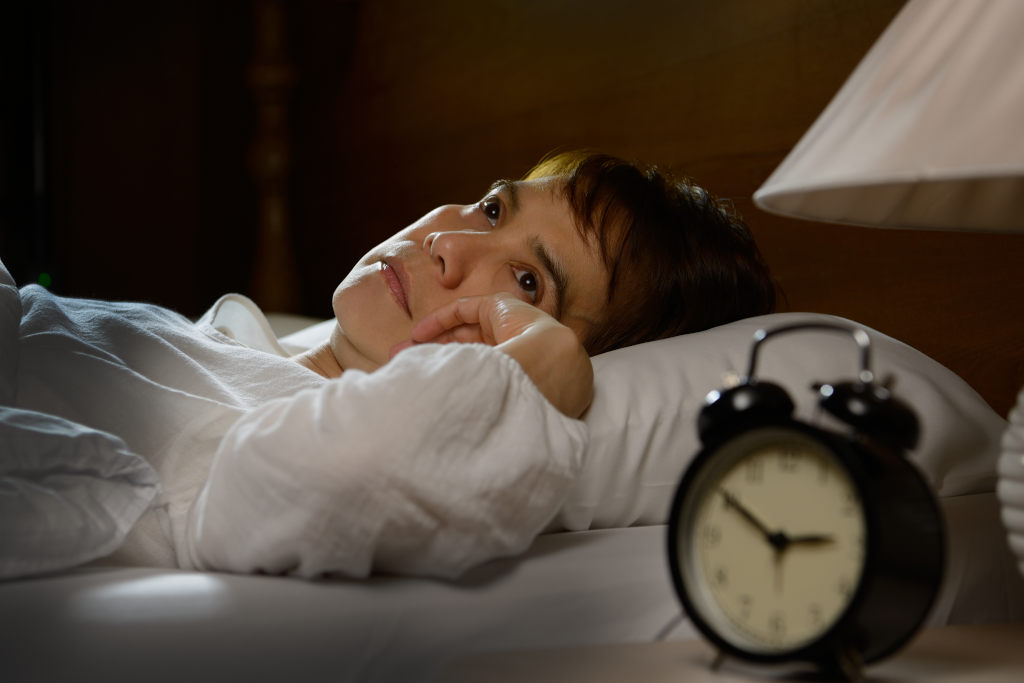Insomnia is a subjective perception of an inadequate quality and quantity of sleep, and is the most common sleeping disorder. A change in the quality of sleep can be seen in: problems falling asleep (expanded latency while falling asleep), waking up too early, frequent waking up at night (fragmented, discontinued sleep) and morning fatigue, or a combination of the above.
The need for sleep varies from person to person, so we determine disruptions in length or quantity of sleep according to individual needs. Insomnia is more frequent in women and people of old age.
Based on duration, insomnia can be:
- Temporary or transitory; lasts from several days to a week, usually associated with stressful situations and changing time zones
- Short-term insomnia; lasts up to 3 weeks. This type is also named acute insomnia, as opposed to the one that lasts up to several months, named chronic insomnia.
- Chronic insomnia is designated as persistent and resistant; it lasts up to several months. Based on epidemiological research, 3 – 4 % of the population suffers from this type of insomnia.

By etymology or source, insomnia can be primary and secondary.
Types of primary insomnia are idiopathic insomnia, insomnia caused by working in shifts, and misperception of sleep insomnia.
Secondary insomnia is caused by a variety of other factors: medical problems, misuse of drugs and alcohol, and psychiatric disorders.
The close relationship between psychological disturbances and insomnia is evident from the fact that insomnia is an integral part of a variety of psychological disturbances, in some cases it is even a primary symptom, and long-term insomnia will inevitably lead to a state of anxiety and depression.
A special emphasis should be put on RLS (Restless Legs Syndrome), a relatively common syndrome, which is caused by medical conditions and results in fragmented sleep.
The consequences of insomnia are many:
- increased daytime fatigue can lower one’s functionality in all aspects of daily life
- general psychomotor lethargy, emotional liability, increased irritability, low level of frustration tolerance can cause a disruption in family and other social relationships
- difficulties remembering, concentrating, paying attention, reduced work effect and difficulties with learning
- decreased reflexes, higher risk of traffic accidents
- people with long-term insomnia often have high blood pressure and respectively a higher risk of vascular incidents, which means that these people live a shorter life, although this relationship is not as well defined as in other sleeping disorders (e.g. sleep apnea syndrome)
Insomnia treatment can be non-medicamentous as well as medicamentous, according to the cause and duration of the insomnia. Along with sleep hygiene, non-medicamentous methods include behavioral-cognitive techniques, and are used on people with idiopathic insomnia.
Most commonly used drugs are psychopharmatics based on benzodiazepine, but antidepressants can also be used, and in shorter timespans antihistamines and antipsychotics in smaller doses.
Treatment of acute insomnia is not a major medical problem, while treatment of chronic insomnia requires somnological analysis or diagnostics at specific medical institutions. A somnological analysis includes a specific sleep case study (with information about hereditary factors) and an overnight polisomnographic analysis which can identify the type of insomnia and determine the necessary treatment.